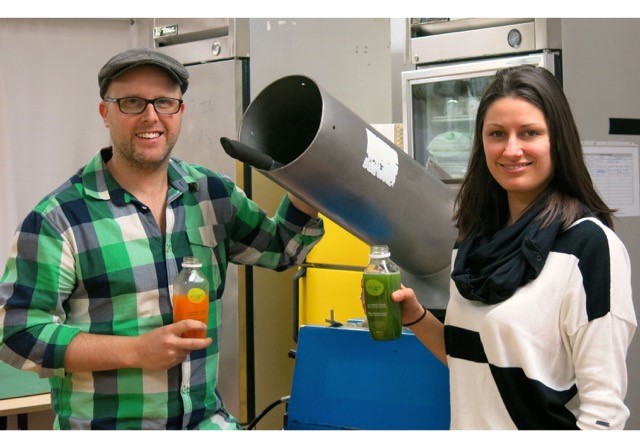
- Marketing and sales
Building Your Brand: What’s In a Name?
What do Twitter, Nike, Lego, and Amazon Kindle share in common? Well, not much…except that they’re all prominent brands with strange names that resonate like crazy with consumers.
Kindle means ‘to light a fire,’ and the Kindle e-reader was created to rekindle the excitement of reading and gaining new knowledge. Nike is the Greek name for the Goddess of Victory – and as the world’s leading athletic footwear, apparel and equipment company, Nike’s certainly entitled to take a victory lap. Lego comes from the Danish phrase leg godt, which means, “play well”. And, according to Jack Dorsey, in coming up with his company’s brand name, “We wanted to capture that feeling, the physical sensation that you’re buzzing your friend’s pocket. It’s like buzzing all over the world. And we came across the word “twitter,” and it was just perfect. The definition was “a short burst of inconsequential information,” and “chirps from birds.” And that’s exactly what the product was.”
Although many of you probably didn’t know where these names originated, you know them, remember them, talk about them, and won’t forget them – and that’s the true measure of brand engagement and value. Whether you’re launching a B2B start-up, a bricks and mortar traditional store or a tech enterprise, few things build company value quicker and more consistently than an effective brand. As these examples demonstrate, the best way to create a powerful, memorable brand is to focus your marketing resources on building up a single brand – the name of your company – rather than trying to create separate brand identities for each of your products.
How do you bring that magical, buzzy resonance to your brand that turns it into a byword? Buyers today no longer buy products and services; they buy experiences. The predominant economic value today is the Experience Economy and you have to deliver it to stay in the game. The only way to capture the attention of a buyer today is to create experiences that transform your brand’s value proposition – and to build your brand name around that experience. How do you create that connection? For starters, think generally about your persona and how it affects the experience your consumer will have with your company. All touch points between your brand and your consumer must be considered; from online presence to customer service to invoicing, everything must present one consistent message, feel, tone, and personality.
That carefully constructed, harmonious experience should continue to your presence on the social media platforms, where a two-way conversation can take place and ultimately create a customer springboard where your brand can curate and amplify the customer’s experience by increasing her involvement.
Experiences make people happier than products, and while experiences are personalized and cannot be compared easily, it’s important to be able to measure their impact; remember, what gets measured gets valued – but a simple customer satisfaction study isn’t adequate to properly gauge the effect of the experience you’re providing. To know if you are truly moving the needle in creating kickass experiences, you must be able to measure the emotional engagement of your customers. Emotion drives loyalty, which drives advocacy, and ultimately limits brand-hopping. Emotionally engaged customers don’t leave; they find excuses to stay and talk about you and there is no power greater than WOM (word of mouth marketing). It’s been said that for customers, feelings are facts. How does your customer feel about you? Will she go out of her way to find your product, even if your competition’s is more readily available or cheaper? Is he a brand ambassador, extolling your virtues to others? Emotional engagement can be measured through a very simple index called the EEI (Emotional Engagement Index), and it’s well worth the effort, as research consistently shows that an emotionally engaged customer is your most loyal and lasting, in good times and in bad. And it doesn’t matter what you’re selling; if you’re in the business of selling computer chips, for instance, how can you use your brand of computer chips to enhance your consumer’s brand experience? That is the question we must ask ourselves every day, because I believe that the experience economy is here to stay.
But we have to make the initial contact and stay on message as we create this ongoing relationship. Our mission as marketers is to show the customer what makes our brand special and why they have to experience it. You want to make your brand the next Starbucks’s? You can, if you…
- Focus on one consistent message
- Build an experience for your customer
- Measure the emotional engagement
Or, as a certain well-known brand’s slogan memorably puts it – “Just do it.”
Written By: Corrine Sandler, Founder and Chief Strategy Officer of Fresh Intelligence Research Corp & CEO of ValidateIt
About Corrine:
Corrine Sandler is the founder and Chief Strategy Officer of Fresh Intelligence Research Corp. (a global Market Research Agency), and CEO of ValidateIt™ (a technology insight platform). She is also an Advantage best-selling author of Wake Up or Die, and a professional speaker.





